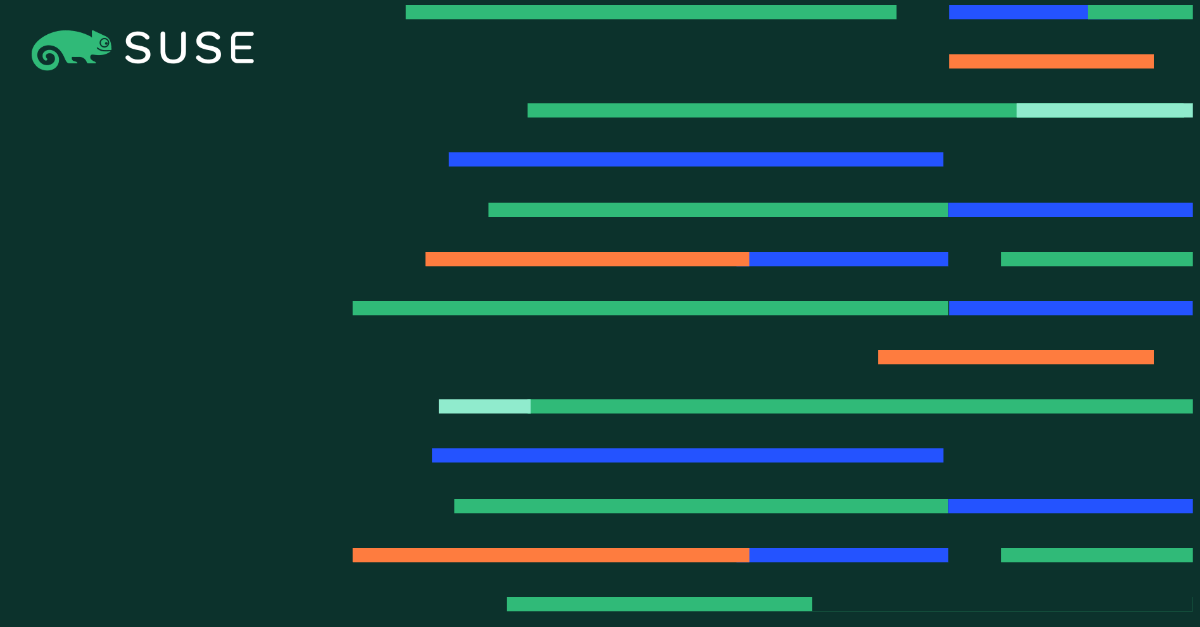SUSE Linux Enterprise Base Container Images: LTSS and exciting new updates!
With SUSE Linux Enterprise Base Container Images (SLE BCI), we have enabled enterprises all over the world to build their containerized assets on a secure and robust ground, with long-term supported base container images for all requirements. Those images are all derived from the rock-solid foundations of our trusted SLE15 product line, which includes the only General Purpose Operating System granted with Common Criteria EAL4+ certification.
On December 31st 2023, SUSE Linux Enterprise 15 SP4, along with its associated Base Container Image, will transition into the Long Term Service Pack (LTSS) phase. Starting from January 1st, 2024, Subscribing to LTSS ensures that you will receive forthcoming security and selected bugfix updates for SUSE Linux Enterprise 15 SP4 and its Base Container Image. Please note that all other SLE 15 SP4-based Base Container Images will stop receiving updates.
Subscribing to SLE 15 SP4 LTSS allows you to run your long-term ready containerized applications without any modification until 2027. It provides an enterprise continuity option to secure and continue running your containerized application for an additional extended period of three years.
Furthermore, all our SLE BCI container images are also based on our more recent SLE 15 SP5 and which remain readily available by our publicly accessible registry.
On top of that, we are pleased to announce three new additions to our registry:
- A Node.js 20 language container
- A SLE PostgreSQL 16 application container
- And an LTSS BCI 15 SP3 built on FIPS 140-2 certified binaries
You can follow any new development of SLE BCI under https://github.com/SUSE/bci/discussions .
And as at SUSE, we make choice happen, you can seamlessly run these containers on your environment, irrespective of whether it is on SUSE’s Linux OS, SUSE’s Kubernetes distribution, or any other infrastructure.
Learn more about it in our SLE BCI FAQ.
